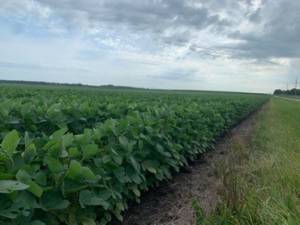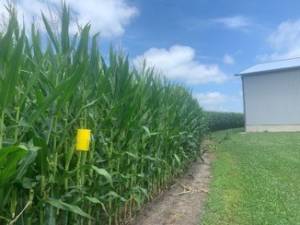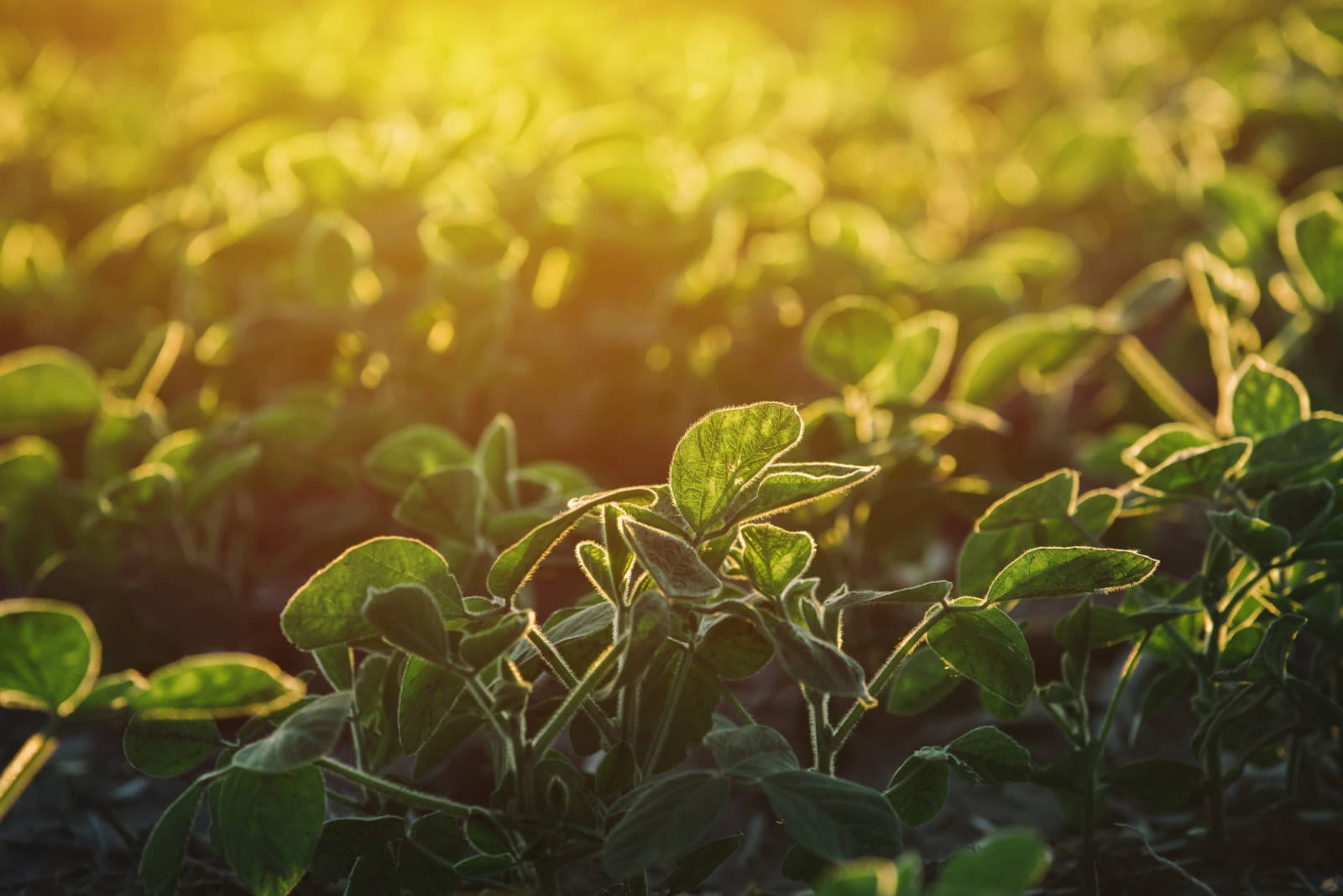 It’s the pretty part of the growing season in central Illinois, in the heart of the U.S. Midwest. Our soybeans are green and growing, and the corn is tall and tasseling. That means even if a field has bad spots, you can’t see them easily when you drive by the fields on the road.
It’s the pretty part of the growing season in central Illinois, in the heart of the U.S. Midwest. Our soybeans are green and growing, and the corn is tall and tasseling. That means even if a field has bad spots, you can’t see them easily when you drive by the fields on the road.
The soybeans have fully recovered from a couple of challenges in the past several weeks. Heavy rains saturated our soils, preventing the soybean roots from having access to oxygen. That caused some plant discoloration for a while. But then warm temperatures and time allowed the fields to dry out enough that the roots could take up both oxygen and moisture and grow well.
The heavy rains also delayed the timing of our second herbicide application because the fields were too wet for a sprayer. We had to adjust the residual herbicides we planned to use because of that delay. The mix of herbicides we came up with to clean up weed escapes from the first herbicide application and to prevent new weeds from emerging also damaged, or “burned” the edges of some soybean plants. We successfully controlled the weeds, but it took a few weeks for the soybeans to recover from that damage. We know that doesn’t hurt yields at all, but it does make the field not-so-pretty for a while. But after two weeks, it looks like it never happened.
The soybeans that were planted in April have reached the growth stage where pods are starting to grow, considered the R2 to R3 stages. The soybeans planted later in the season are just starting to flower, so they are closer to the R1 growth stage.
 We plan to apply fungicide, which controls diseases and also appears to support plant health, to our soybeans at the R3 growth stage. We’ve tested fungicide on some of our soybeans in the past few years, and it has always increased yield enough to pay for the application. The plants grow a few more branches and produce big, pretty soybeans that have higher test weights. This is the first year we will use fungicide on all our soybean fields. The early soybeans will likely be treated this week, while the late-planted fields will be treated late next week or during the last week of July.
We plan to apply fungicide, which controls diseases and also appears to support plant health, to our soybeans at the R3 growth stage. We’ve tested fungicide on some of our soybeans in the past few years, and it has always increased yield enough to pay for the application. The plants grow a few more branches and produce big, pretty soybeans that have higher test weights. This is the first year we will use fungicide on all our soybean fields. The early soybeans will likely be treated this week, while the late-planted fields will be treated late next week or during the last week of July.
Some farmers include an insecticide with the fungicide to control bugs. However, we only do that if we see heavy insect feeding on the crop leaves. I don’t like to apply insecticide if I don’t have to, as there are plenty of beneficial insects in our soybean fields, as well.
We’ve just received another heavy rain, so we have plenty of moisture right now. However, the soybeans could use one or two more nice rains in August to provide the moisture to fill out the pods and ensure the above-average yields we are starting to expect.

Since our corn is tasseling, we know the ear size is basically set. Our corn has plenty of moisture to carry it through the rest of the season, so we have a good idea of what we will get from it. We only apply fungicide on corn for specific hybrids we know are susceptible to diseases but appear to be performing well to push really good yields even higher. We don’t see the same impact of fungicide in corn as we do in soybeans. But we do check for rootworm beetles, an insect that can damage corn, with the beetle trap shown here.
Right now, we are enjoying the beauty of the 2020 season.

